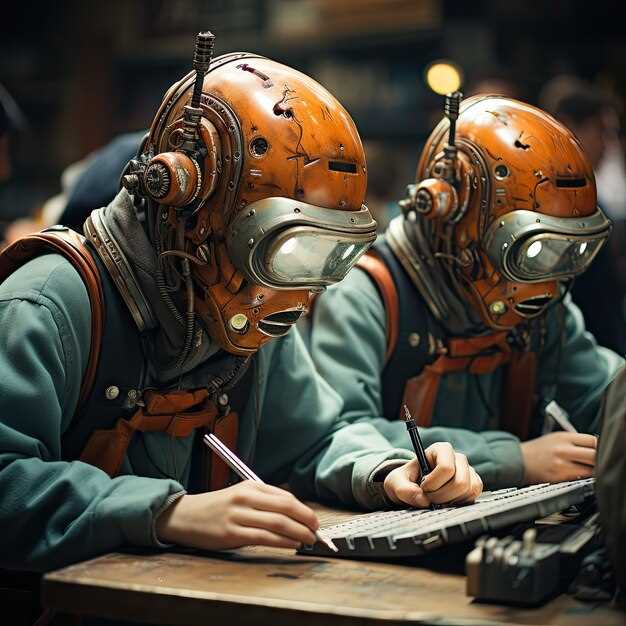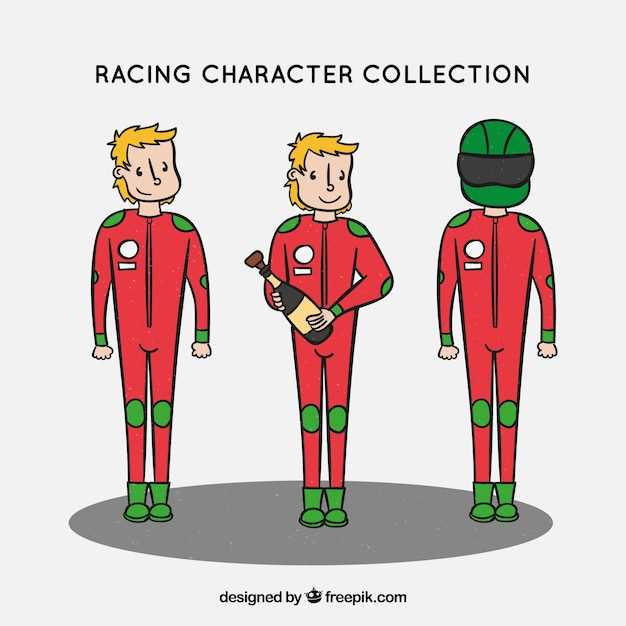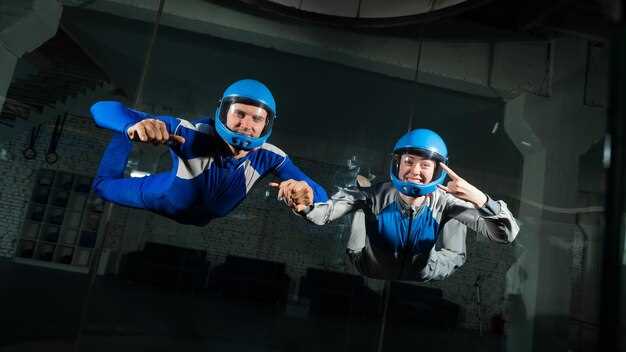
In the high-octane world of motorsport, the terms race engineer and crew chief are often used interchangeably, yet they represent distinct roles that are vital for a team’s success on the track. Each position carries its own responsibilities, expertise, and influence over the car’s performance and the race strategy. Understanding these differences is essential for fans and aspiring professionals alike.
The crew chief serves as the primary leader of the pit crew and is responsible for overseeing the overall operations of the racing team. This role involves making critical decisions during the race, managing the crew, and ensuring that the car is prepared to compete at the highest level. The crew chief must possess strong leadership skills, excellent communication, and a deep understanding of racing dynamics to effectively coordinate the crew’s efforts in real-time.
On the other hand, the race engineer focuses more on the technical aspects of the vehicle. This includes setup adjustments, data analysis, and strategy formulation based on tire wear, fuel load, and track conditions. The race engineer works closely with the driver, translating their feedback into actionable changes, and is often seen as the bridge between the driver’s needs and the team’s mechanical capabilities. While the crew chief makes the final calls during races, the race engineer lays the groundwork that enables those decisions to be successful.
Roles and Responsibilities of a Race Engineer

A race engineer plays a critical role in the success of a racing team, serving as the technical liaison between the driver and the rest of the crew. They are responsible for optimizing the car’s performance through comprehensive analysis and data interpretation.
One of the primary responsibilities of a race engineer is to set up the car before each race. This involves adjusting various parameters, such as suspension settings, tire pressures, and aerodynamics, to suit the specific track conditions and the driver’s preferences. The engineer must have a deep understanding of vehicle dynamics and how different configurations affect performance.
During practice sessions, the race engineer closely monitors the car’s telemetry data. They analyze metrics like speed, tire degradation, and fuel consumption to gather insights into the car’s behavior on the track. This data-driven approach enables the engineer to make informed decisions that enhance performance and safety.
On race day, the race engineer is pivotal in strategy development. They communicate with the driver during the race, providing crucial feedback and suggestions for handling various situations, such as weather changes or incidents on the track. This communication is essential for making real-time adjustments to the race plan.
Collaboration with the crew is another vital aspect of a race engineer’s role. They work closely with mechanics and other team members to ensure that any needed adjustments or repairs can be executed efficiently. This teamwork is essential for maintaining high levels of performance throughout the race weekend.
In summary, the role of a race engineer encompasses car setup, data analysis, strategy development, and effective communication with both the driver and the crew. Their expertise and decision-making capabilities are instrumental in achieving the team’s goals on the race track.
Key Functions of a Crew Chief During a Race

The crew chief plays a pivotal role in the success of a racing team. One of the primary responsibilities is to oversee the entire crew, ensuring that each member understands their specific duties and executes them flawlessly during the race.
Another critical function is strategy development. The crew chief must assess track conditions, weather changes, and competitor performance to make real-time decisions regarding pit stops, tire selection, and fuel management. This strategic foresight can greatly influence the race outcome.
Communication is essential. The crew chief acts as the main point of contact between the driver and the pit crew. They relay vital information about the car’s performance, track conditions, and any necessary adjustments needed to keep the vehicle competitive.
Furthermore, the crew chief must possess strong leadership skills. They motivate and guide the crew under pressure, ensuring that everyone remains focused and coordinated throughout the race. This leadership is crucial for maintaining morale and efficiency during high-stakes situations.
Finally, the crew chief is responsible for analyzing data collected during the race. This analysis helps in making immediate adjustments and also serves as a foundation for enhancing future performance. Understanding the car’s telemetry and performance metrics is vital for achieving optimal results.
Collaboration and Communication Between Race Engineers and Crew Chiefs
The relationship between race engineers and crew chiefs is pivotal in achieving optimal performance on the track. Effective collaboration ensures that all aspects of a car’s setup and strategy are aligned with the team’s goals. Both roles must understand their respective responsibilities and how they contribute to the bigger picture of race day performance.
Race engineers focus on technical data analysis, utilizing telemetry to make real-time decisions about the car’s performance. This data is critical for fine-tuning adjustments and enhancing speed. Meanwhile, crew chiefs manage the team’s logistics, oversee pit stops, and guide strategic decisions during the race. Effective communication between the two roles is crucial for translating data insights into actionable strategies.
Regular meetings before races allow race engineers and crew chiefs to establish a shared understanding of the car’s performance parameters and race strategy. During a race, quick and clear communication is essential, especially in dynamic situations where decisions must be made rapidly. This collaboration enables the team to adapt effectively to changing conditions and competitor tactics.
Moreover, post-race debriefs play an important role in refining future strategies. By analyzing race outcomes together, race engineers and crew chiefs can identify strengths and weaknesses, fostering continuous improvement. Ultimately, strong collaboration and communication between race engineers and crew chiefs not only enhance performance on the track but also build a cohesive team environment, crucial for success in the highly competitive world of motorsport.



